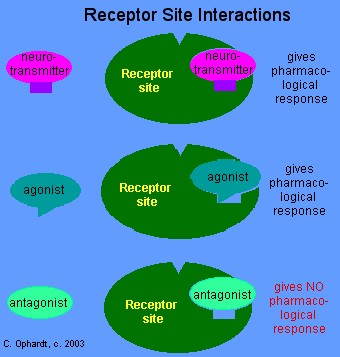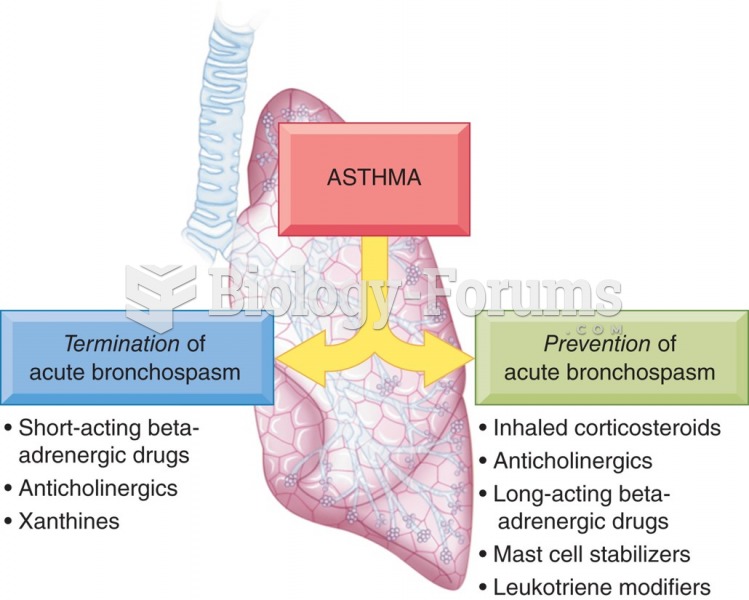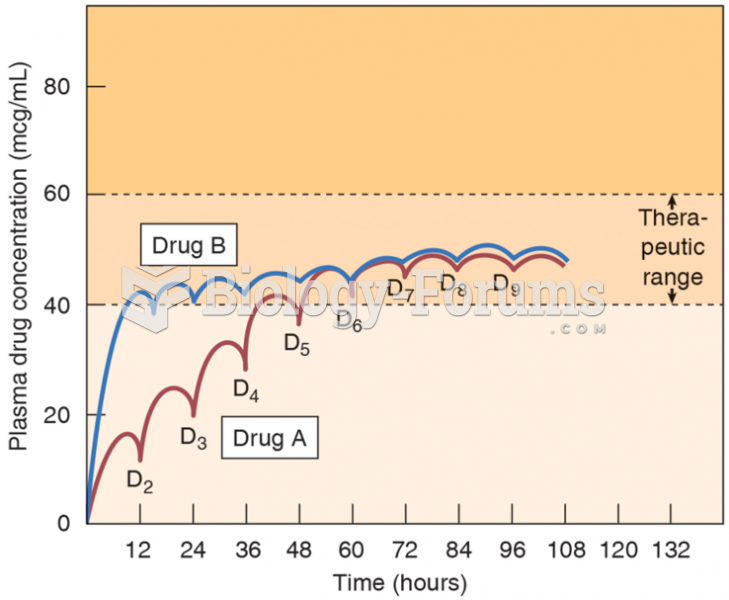Answer to Question 1
2
Rationale 1: Phenobarbital would be more likely to be administered orally and is infrequently given intravenously.
Rationale 2: Dilantin is frequently administered IV due to slow and variable absorption rates when given orally. If Dilantin extravasates, serious soft tissue damage can result.
Rationale 3: Zarontin is an oral medication.
Rationale 4: Klonopin is an oral medication.
Global Rationale: Dilantin is frequently administered IV due to slow and variable absorption rates when given orally. If Dilantin extravasates, serious soft tissue damage can result. Phenobarbital would be more likely to be administered orally and is infrequently given intravenously. Zarontin and Klonopin are oral medications.
Answer to Question 2
2
Rationale 1: Thrombolytics dissolve clots in coronary arteries; they are not vasodilators.
Rationale 2: When treating myocardial infarction (MI), thrombolytic therapy is administered to dissolve clots obstructing the coronary arteries, thus restoring circulation to the myocardium.
Rationale 3: Thrombolytics dissolve clots in coronary arteries; they are not anticoagulants.
Rationale 4: Thrombolytics are most effective when administered from 20 minutes to 12 hours after the onset of myocardial infarction (MI) symptoms; this patient is within the time frame.
Global Rationale: When treating myocardial infarction (MI), thrombolytic therapy is administered to dissolve clots obstructing the coronary arteries, thus restoring circulation to the myocardium. Thrombolytics dissolve clots in coronary arteries; they are not vasodilators. Thrombolytics are most effective when administered from 20 minutes to 12 hours after the onset of myocardial infarction (MI) symptoms; this patient is within the time frame. Thrombolytics dissolve clots in coronary arteries; they are not anticoagulants.







